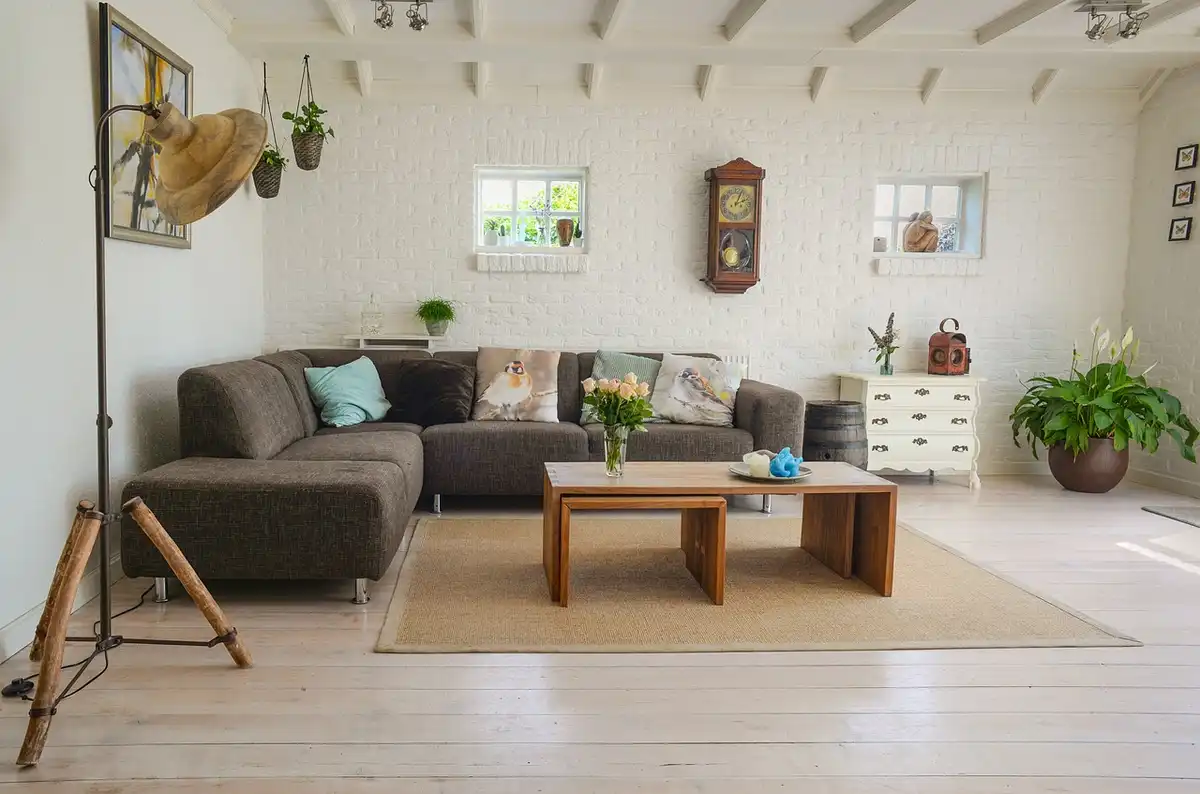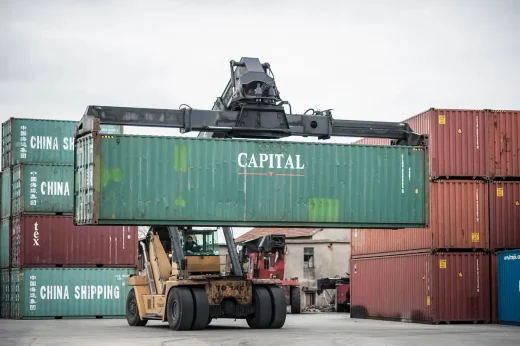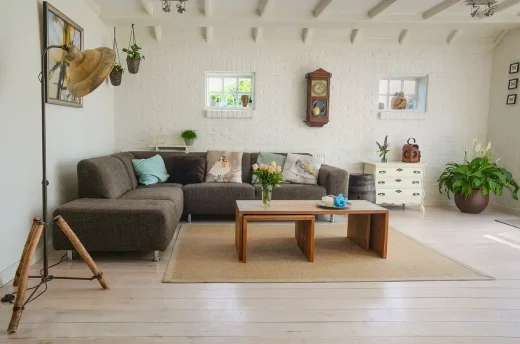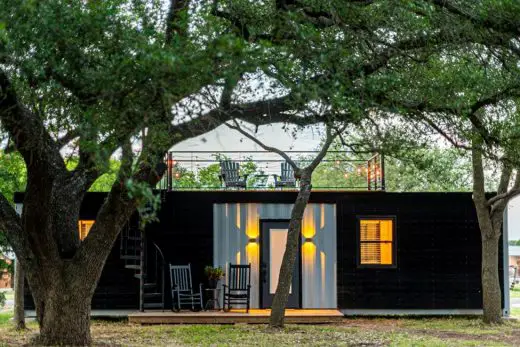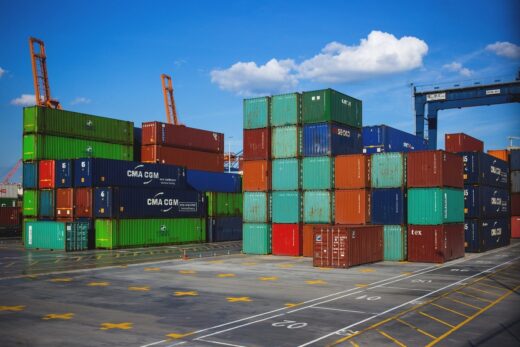Creative uses of shipping containers in architecture, Construction industry modular buildings, Online property advice
Creative Uses of Shipping Containers in Architecture
8 October 2024
Shipping containers, once merely metal boxes designed for transporting goods across the globe, have become a key component in modern architecture. With their inherent structural strength, modular nature and eco friendly advantages, they are redefining how we perceive and utilize space. Architects and designers are pushing the boundaries of creativity by transforming these industrial units into functional, sustainable and aesthetically striking structures. From residential housing and commercial spaces to educational facilities and cultural centers, shipping containers have become a symbol of innovative and adaptive design.
In this post we’ll explore a variety of creative uses of shipping containers in architecture and examine why they have become a popular choice for those looking to build something extraordinary.
1. Residential Housing: From Tiny Homes to Luxury Mansions
The idea of using shipping containers for housing has gained immense popularity due to their affordability , durability and flexibility. What started as a solution for affordable housing has now evolved into a sophisticated architectural style with homes that rival traditional constructions in beauty and functionality.
Tiny Homes and Micro-Living
Tiny homes have become synonymous with minimalistic and sustainable living. Shipping containers, particularly 20-foot or 40-foot models, serve as the perfect foundation for these compact yet highly functional homes. A single container can be transformed into a comfortable living space with a kitchen, bathroom, living area and sleeping loft. Architects have utilized clever interior design techniques such as built-in storage, foldable furniture and space saving fixtures to make these tiny homes feel spacious and livable.
Multi-Container Residences
Combining multiple shipping containers allows for the creation of larger and more luxurious homes. Architects and homeowners can experiment with various configurations, stacking containers to create multi-level designs or staggering them to form unique geometric shapes. The resulting homes are not only aesthetically pleasing but also provide ample space and creative floor plans. Some designs feature multiple bedrooms, expansive living areas, rooftop terraces and even swimming pools. These multi-container residences are a testament to the versatility and potential of container architecture.
Off-Grid and Remote Housing Solutions
Shipping container homes are ideal for remote or off grid living. Their durability and ability to withstand harsh weather conditions make them suitable for locations where traditional construction might be challenging or costly. Container homes can be outfitted with solar panels, water catchment systems and other sustainable technologies to create self-sufficient living spaces that are both environmentally friendly and comfortable.
2. Commercial and Retail Spaces: Making a Statement
Shipping containers have been embraced by the commercial sector for their versatility and distinctive industrial aesthetic. Retailers, restaurateurs and entrepreneurs are using containers to create unique and attention-grabbing spaces that stand out in the competitive market.
Pop-Up Stores and Temporary Retail
Pop up retail has become a popular trend, and shipping containers are at the forefront of this movement. Brands such as Nike, Starbucks and Adidas have utilized container-based pop-up stores to create buzz around new product launches or limited-time promotions. These structures are easy to transport and set up, making them ideal for temporary events. With the ability to customize the containers with large glass facades, vibrant colors and unique branding, these pop-up shops become instant visual attractions.
Restaurants and Cafes
The use of shipping containers in the food and beverage industry has skyrocketed in recent years. From food stalls and cafes to full-scale restaurants, containers offer a trendy , cost-effective solution for entrepreneurs looking to establish a presence in high-traffic areas. The compact nature of containers makes them perfect for small urban spaces, while their mobility allows for relocation as needed. Many container restaurants and cafes feature large openings, rooftop seating and open kitchen designs, creating a dynamic and welcoming environment for patrons.
Office Spaces: Flexible, Modern, and Inspiring
Shipping containers are not just for retail; they are also making waves in the office design world. With their modular design, containers can be stacked and arranged to create versatile office layouts that can easily expand or reconfigure as business needs change.
Co-Working Spaces
The rise of co-working spaces has led to innovative uses of shipping containers in office design. Architects are using containers to create collaborative work environments with open spaces, private offices and communal areas. These co-working hubs often feature large glass walls, natural light and a blend of indoor and outdoor spaces, providing a modern and vibrant atmosphere that fosters creativity and productivity.
Remote and On-Site Offices
For industries that require temporary or remote office solutions, such as construction sites or field research stations, shipping containers are the perfect solution. They can be quickly assembled, transported, and outfitted with all the necessary amenities, including HVAC systems, plumbing, and electrical installations. These container offices offer a durable and secure space for teams working in remote locations.
3. Community and Cultural Centers: Innovative Public Spaces
Shipping containers are not just limited to private use; they are increasingly being used to create community centers, libraries and cultural hubs. Their adaptability and affordability make them ideal for projects that aim to serve the public good.
Community Centers and Libraries
Shipping container community centers are popping up in urban and rural areas alike. These structures are often used to provide educational resources, meeting spaces and recreational facilities. The modular nature of containers allows for the creation of multi-purpose spaces that can include classrooms, libraries, and computer labs. One notable example is the Container Library in South Africa, which uses repurposed containers to provide educational resources to underserved communities.
Art Galleries and Exhibition Spaces
The industrial look of shipping containers lends itself well to artistic and cultural projects. Containers have been transformed into modern art galleries, pop-up exhibition spaces and cultural centers that host a variety of events. With their customizable interiors and exteriors, these container-based galleries offer a unique canvas for artists and curators to experiment with.
4. Educational Facilities: Affordable and Flexible Learning Spaces
Shipping containers are being used to create innovative educational facilities around the world. From schools and classrooms to training centers, containers offer a flexible and cost-effective solution for educational institutions looking to expand or create temporary learning environments.
Schools and Classrooms
In areas with limited resources or rapidly growing student populations, shipping containers provide an affordable solution for building new classrooms. Container schools can be assembled quickly and are highly adaptable, making them suitable for both permanent and temporary use. Architects have used containers to design vibrant and inspiring learning environments with plenty of natural light and creative layouts that encourage student engagement.
Training Centers and Workshops
Shipping containers are also being used to create specialized training centers and workshops for vocational education. These facilities can be customized to include equipment and resources for a wide range of disciplines, from woodworking and automotive repair to culinary arts and computer programming.
5. Hotels and Hospitality: Unique Experiences for Travelers
The hospitality industry is embracing the shipping container trend by creating unique and memorable lodging experiences for travelers. Container hotels , motels and glamping pods offer a distinctive blend of industrial style and modern comfort, appealing to adventurous guests seeking something different.
Boutique Hotels and Hostels
Shipping container hotels and hostels are becoming increasingly popular in urban areas and tourist destinations. The modular nature of containers allows for creative stacking and arrangement, resulting in eye-catching architectural designs that stand out from traditional hotels. Inside, these accommodations often feature chic, modern interiors with all the amenities expected in high-end lodging.
Glamping Pods and Remote Lodges
For those seeking an off-the-grid experience, shipping containers are being used to create luxury glamping pods and remote lodges in scenic locations. These structures are designed to blend seamlessly with their natural surroundings while providing guests with the comforts of home. Large windows, rooftop decks and sustainable features such as solar panels and rainwater collection systems make these container lodges a popular choice for eco-conscious travelers.
6. Emergency and Disaster Relief: Rapid, Mobile, and Secure
In times of crisis, shipping containers are proving to be invaluable for disaster relief and emergency housing. Their strength, mobility, and quick assembly make them ideal for creating temporary shelters, medical facilities, and command centers in areas affected by natural disasters or humanitarian crises.
Emergency Shelters and Housing
Shipping containers can be rapidly converted into temporary shelters for displaced families and individuals. These units can be outfitted with basic amenities such as beds, bathrooms and kitchenettes, providing a safe and secure living space until permanent housing can be established.
Mobile Medical Clinics
In disaster-stricken areas, access to medical care is often a top priority. Shipping containers have been converted into mobile clinics, complete with examination rooms, operating theaters and pharmacy storage. These mobile medical units can be deployed quickly to provide critical healthcare services in remote or damaged areas.
7. Sustainable and Eco-Friendly Construction: Green Building with Containers
One of the most compelling reasons to use shipping containers in architecture is their environmental benefits. By repurposing containers, architects are reducing the need for new construction materials and giving a second life to unused units. Many container buildings also incorporate additional sustainable features, such as green roofs, rainwater harvesting systems and solar panels, making them a popular choice for eco-friendly construction.
Upcycling and Waste Reduction
The use of shipping containers in construction is a form of upcycling, as it repurposes structures that might otherwise go to waste. By using containers, builders are reducing the demand for traditional building materials such as concrete and steel, which have a significant environmental impact.
Energy Efficiency and Passive Design
Container buildings are often designed with energy efficiency in mind. Features such as natural ventilation, insulation, and passive heating and cooling systems help reduce the energy footprint of these structures. In addition, the compact nature of containers lends itself well to energy-efficient layouts and the incorporation of renewable energy sources.
Conclusion: Rethinking Space and Structure with Shipping Containers
Shipping containers have proven to be much more than just metal boxes; they are a versatile and powerful tool for creating innovative architecture that meets a wide range of needs. From affordable housing and commercial spaces to cultural centers and disaster relief, containers are transforming the way we think about building and design.
As architects and designers continue to explore new possibilities with these modular units, the future of shipping container architecture looks bright and full of potential. Whether you’re looking to build a home, start a business or create a community space, shipping containers offer a unique and sustainable solution that goes far beyond the box.
Comments on this guide to Creative uses of shipping containers in architecture article are welcome.
Shipping Containers
Modular Shipping Container Building Posts
Designing a shipping container home tips
6 things to know building shipping container home
Modular building like a shipping container cafe
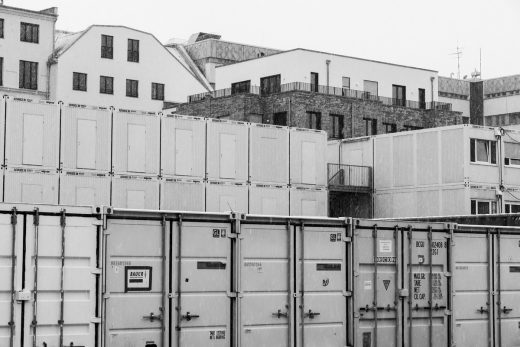
Building a new home? Custom vs Modular
Buildings
New Architecture Design
Comments / photos for the Creative uses of shipping containers in architecture advice page welcome

